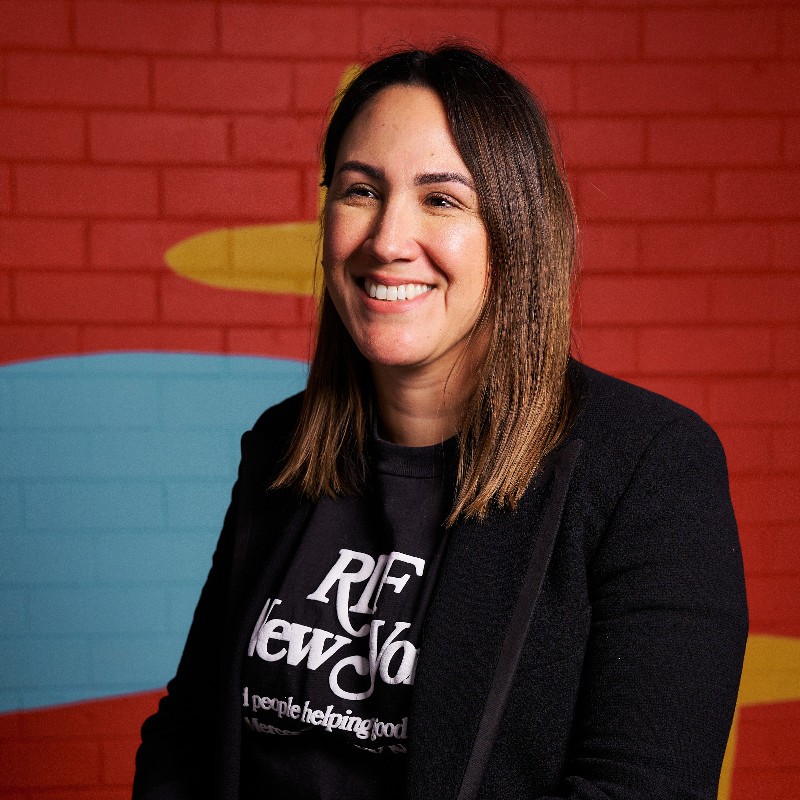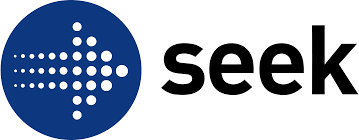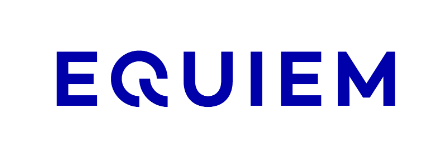Join us for an engaging deep dive into the world of Agentic multi-agent AI, the cutting edge of practical AI applications. Witness a team of AI agents perform a live SWOT analysis, and discover how you can assemble your own AI “minions” to outsmart your competition.
Our Speaker:
Will Sheers is a Product Leader, Strategist, and Advisor with a deep passion for AI. Currently, he leads product efforts for the AI & Innovation team at StarRez. Previously, as Head of Product, Will played a pivotal role in transforming LiveHire (ASX: LVH) into an award-winning AI-augmented Talent Acquisition and Engagement platform.

Our hosts: Culture Amp
Culture Amp is the world’s leading employee experience platform, revolutionizing how 25 million employees across more than 6,500 companies create a better world of work. Culture Amp empowers companies of all sizes and industries to transform employee engagement, drive performance management, and develop high-performing teams. Powered by people science and the most comprehensive employee dataset in the world, the most innovative companies including Canva, On, Asana, Dolby, McDonalds and Nasdaq depend on Culture Amp every day. Culture Amp is backed by leading capital venture funds and has offices in the US, UK, Germany and Australia. Culture Amp has been recognised as one of the world’s top private cloud companies by Forbes and most innovative companies by Fast Company.










